Two scientific teams have proposed new models of wormholes, one focusing on microscopic wormholes and one focusing on traversible ones for human travel.
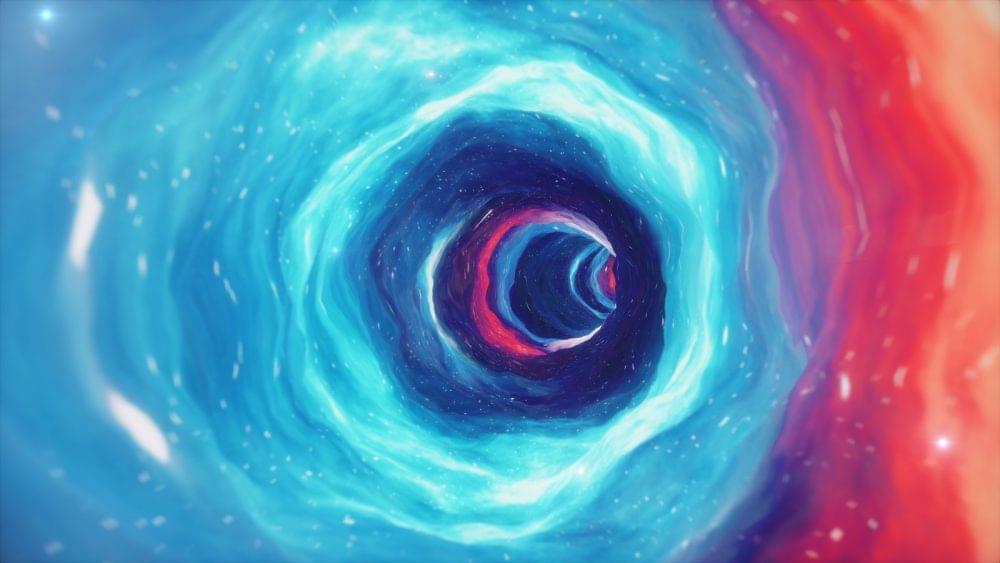

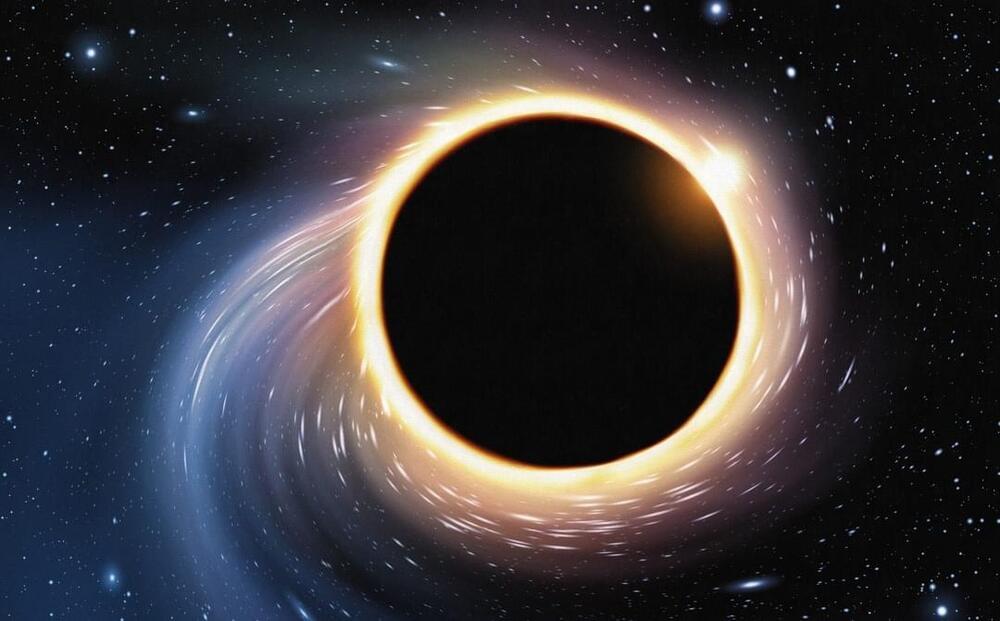
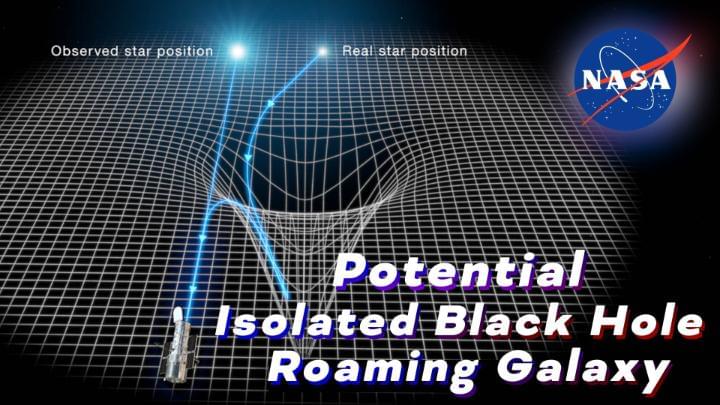
It’s estimated that about 100 million black holes roam around our Milky Way Galaxy — and for the first time ever, astronomers now believe they may have precisely measured the mass of an isolated black hole with Hubble.
Roaming black holes are born from rare, monstrous stars that are at least 20 times more massive than our Sun. After these stars explode in a supernova, the remnant core is crushed by gravity into a black hole. Because this self-detonation isn’t perfectly symmetrical, the black hole might get “kicked” and careen through our galaxy.
Astronomers believe that the isolated black hole measured by Hubble is traveling across the Milky Way at 100,000 miles per hour (160,000 kph). That’s fast enough to get from Earth to the Moon in less than three hours!
Read more about this discovery: https://go.nasa.gov/3mx6t6p.
#NASA #Hubble #BlackHole #astronomy #science #universe #astrophysics #space #stars #galaxy
View insights.
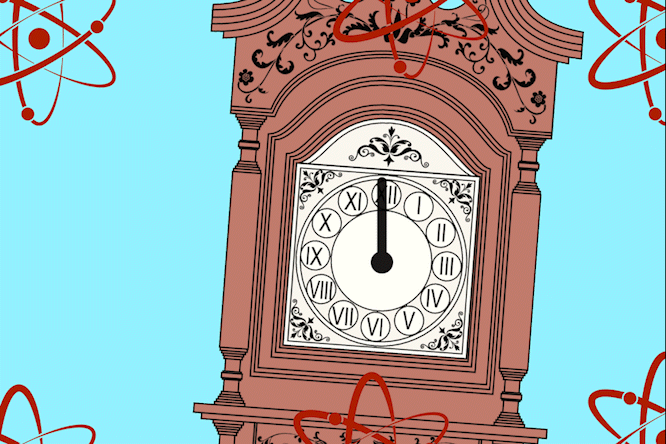
MIT physicists have significantly amplified quantum changes in atomic vibrations, allowing them to exclude noise from the classical world. This advance may allow them to measure these atomic oscillations, and how they evolve over time, and ultimately hone the precision of atomic clocks and of quantum sensors for detecting dark matter or gravitational waves.
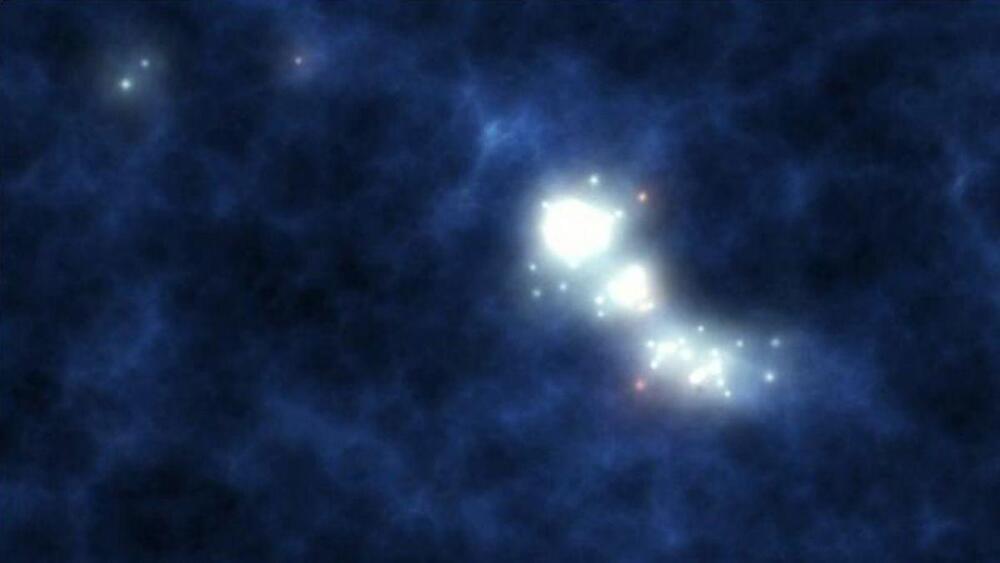
And it would not require the James Webb Space Telescope.
Astronomers think that a new observation technique relying on the detection of faint radio signals will allow them to see the first stars that formed in the middle of thick hydrogen clouds shortly after the birth of the universe.
The technique, introduced in a new paper, looks for a type of electromagnetic radiation signature known as the 21-centimeter line, which was emitted by hydrogen atoms that filled the young universe in the first hundreds of thousands of years after the Big Bang.
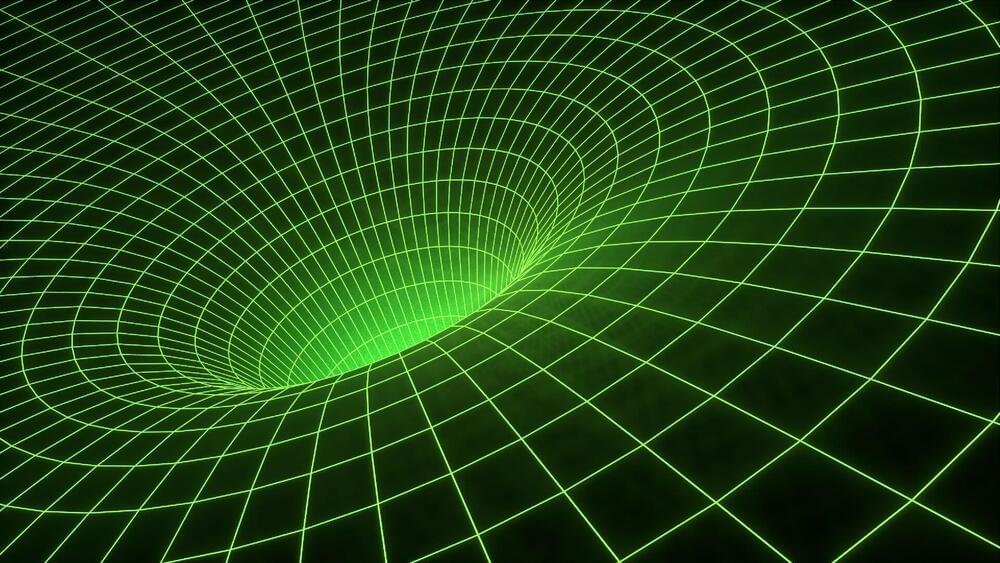
A European team of astronomers led by Professor Kalliopi Dasyra of the National and Kapodistrian University of Athens, Greece, under participation of Dr. Thomas Bisbas, University of Cologne modeled several emission lines in Atacama Large Millimeter Array (ALMA) and Very Large Telescope (VLT) observations to measure the gas pressure in both jet-impacted clouds and ambient clouds. With these unprecedented measurements, published recently in Nature Astronomy, they discovered that the jets significantly change the internal and external pressure of molecular clouds in their path.
Depending on which of the two pressures changes the most, both compression of clouds and triggering of star formation and dissipation of clouds and delaying of star formation are possible in the same galaxy. “Our results show that supermassive black holes, even though they are located at the centers of galaxies, could affect star formation in a galaxy-wide manner,” said Professor Dasyra. “Studying the impact of pressure changes in the stability of clouds was key to the success of this project. Once few stars actually form in a wind, it is usually very hard to detect their signal on top of the signal of all other stars in the galaxy hosting the wind.”
It is believed that supermassive black holes lie at the centers of most galaxies in our universe. When particles that were infalling onto these black holes are trapped by magnetic fields, they can be ejected outwards and travel far inside galaxies in the form of enormous and powerful jets of plasma. These jets are often perpendicular to galactic disks. In IC 5,063 however, a galaxy 156 million light years away, the jets are actually propagating within the disk, interacting with cold and dense molecular gas clouds. From this interaction, compression of jet-impacted clouds is theorized to be possible, leading to gravitational instabilities and eventually star formation due to the gas condensation.
A team of astronomers using the Chinese Insight-HXMT x-ray telescope have made a direct measurement of the strongest magnetic field in the known universe. The magnetic field belongs to a magnetar currently in the process of cannibalizing an orbiting companion.
Magnetars are nasty, but thankfully rare. They are a special kind of neutron star that power up the strongest known magnetic fields.
Astronomers don’t know the exact origins of these ultra-powerful fields, but as usual they have their suspicions. While neutron stars are made of almost entirely neutrons, they do contain small populations of protons and electrons. When neutron stars are born in supernova explosions of a massive star, those charged particles can briefly create a strong magnetic field. In normal neutron stars, the magnetic field quickly melts away from all the complex physics happening in the explosion. But for some neutron stars, the magnetic field locks itself in before that happens. When the neutron star finally reveals itself, it retains this impressive magnetic strength, and a magnetar is born.
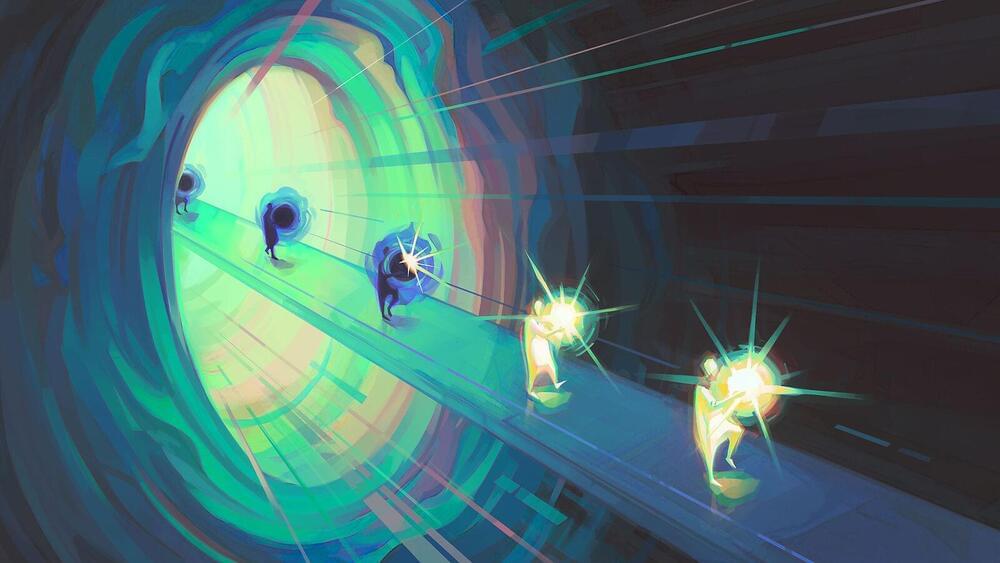
The LHCb detector was originally designed to study a particle known as the beauty quark. But now researchers are also using the experiment to search for dark matter:
Researching subatomic particles is an involved process. It can take hundreds—if not thousands—of scientists and engineers to build an experiment, keep it up and running, and analyze the enormous amounts of data it collects. That means physicists are always on the lookout for ways to do more for free: to squeeze out as much physics as possible with the machinery that already exists. And that’s exactly what a handful of physicists have set out to do with the LHCb experiment at CERN.
The LHCb detector was originally designed to study a particle known as the beauty quark. “But as time has gone on, people have seen just how much more we can do with the detector,” says Daniel Johnson, an LHCb collaborator based at MIT.
Johnson, along with a team of around 10 researchers from MIT, the University of Cincinnati and CERN, are leading LHCb’s search for dark matter, a hypothesized type of matter that, so far, has evaded detection.
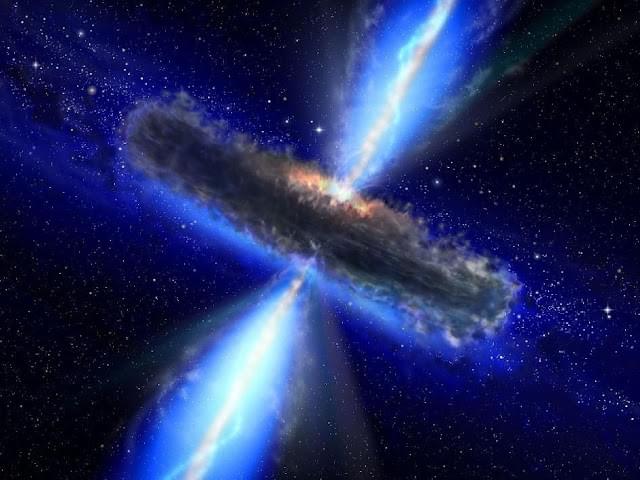
There is a reserve of water the size of 140 trillion oceans lurking in a faraway supermassive black hole, the universe’s largest deposit of water and 4,000 times the amount found in the Milky Way.
This amount of water was discovered by two teams of astronomers 12 billion light-years away, where it appears as vapor dispersed across hundreds of light-years.
The reservoir was discovered in a quasar’s gaseous area, which is a brilliant compact region in the heart of a galaxy powered by a black hole. This finding demonstrates that water may be present throughout the cosmos, even at the start.
By: William Brown, Biophysicist at the Resonance Science Foundation
Stellar mass black holes, like elementary particles, are remarkably simple objects. They have three primary observable properties: mass, spin, and electric charge. The similarities with elementary particles, like the proton, doesn’t stop there, as stellar mass black holes in binary systems can also form bound and unbound states due to interaction of orbital clouds (from boson condensates), uncannily analogous to the behavior and properties of atoms.
The spin of stellar mass black holes is a particularly significant property, as black holes have rapid rotations that generate a region of space called the ergosphere around the event horizon, where the torque on spacetime is so great that an object would have to travel at a velocity exceeding the speed of light just to stay in a stationary orbit. Analysis of this region has resulted in some interesting physics predictions, one being the phenomenon of superradiance. When a wave (whether of electromagnetic radiation or matter) enters the ergosphere with a specific trajectory, it can exit the black hole environment with a larger amplitude than the one with which it came in— this amplification process is called black hole superradiance. It was an effect first described by Roger Penrose nearly 50 years ago and describes how work can be extracted from the ergosphere of a black hole [1].